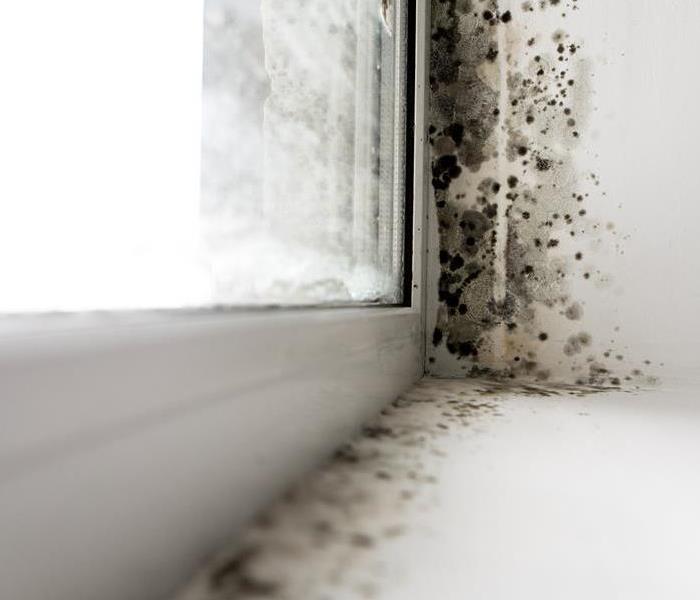Essential Tips for Preventing Mold in Humid Climates: Keep Your Home Mold-Free!
5/17/2023 (Permalink)
Living in a humid climate can present challenges, and one of the most common issues homeowners face is mold growth. Mold thrives in damp environments, making humid regions particularly susceptible to this pesky and potentially harmful fungus. However, with the right knowledge and preventive measures, you can effectively prevent mold growth in humid climates and keep your home safe and healthy.
Mold is a type of fungus that can grow indoors and outdoors. It reproduces through spores that are carried through the air and can easily find their way into your home. Once inside, mold can grow on various surfaces, including walls, ceilings, floors, carpets, and even furniture. Mold growth is not only unsightly, but it can also cause health issues such as respiratory problems, allergies, and skin irritation.
So, how can you prevent mold in humid climates? Here are some essential tips to keep your home mold-free:
Control Indoor Humidity
The key to preventing mold in humid climates is to control the indoor humidity levels. Invest in a good quality hygrometer to measure the humidity levels in your home. Ideally, indoor humidity should be kept below 50%. If the humidity levels are high, use dehumidifiers to lower the moisture levels in your home. Make sure to empty and clean the dehumidifier regularly to prevent mold growth within the unit.
Improve Ventilation
Proper ventilation is crucial in preventing mold growth. Make sure your home is well-ventilated by using exhaust fans in bathrooms, kitchens, and laundry rooms. Ensure that your clothes dryer is properly vented to the outside to prevent excess moisture from accumulating indoors. Additionally, open windows and doors to allow fresh air to circulate and reduce humidity levels.
Fix Leaks
Any leaks in your home can quickly lead to mold growth. Regularly check for leaks in pipes, roofs, and windows and promptly fix them to prevent moisture from seeping into your home. If you notice any signs of water damage, such as stains or musty odors, address the issue immediately to prevent mold from taking hold.
Insulate and Seal Your Home
Proper insulation and sealing can prevent moisture from entering your home, helping to keep mold at bay. Insulate your walls, floors, and ceilings, and seal any gaps or cracks in doors, windows, and walls. This will not only help prevent mold growth but also make your home more energy-efficient.
Keep Your Home Clean and Dry
Regular cleaning and maintenance are essential in preventing mold growth. Clean up spills and water leaks immediately, and dry any wet areas promptly. Make sure to clean your home regularly, including carpets, upholstery, and other surfaces, using mold-inhibiting cleaners. Pay special attention to areas that are prone to moisture, such as bathrooms and kitchens.
Avoid Overwatering Indoor Plants
Indoor plants can add beauty to your home, but they can also contribute to mold growth if overwatered. Avoid overwatering your indoor plants and make sure they are well-drained. Use pots with drainage holes and place saucers underneath to catch excess water. Wipe up any spills or standing water promptly.
Use Mold-Resistant Building Materials
When building or renovating your home, consider using mold-resistant building materials. These materials are designed to inhibit mold growth and can be used in areas that are prone to moisture, such as bathrooms and basements. Examples of mold-resistant materials include mold-resistant drywall, paint, and insulation.
Keep Outdoor Areas Well-Maintained
The exterior of your home can also contribute to mold growth indoors. Keep outdoor areas well-maintained by trimming back trees and shrubs away from your home to allow for proper airflow. Clean your gutters regularly to prevent water damage.





 24/7 Emergency Service
24/7 Emergency Service
